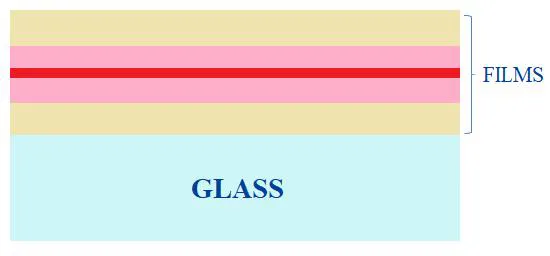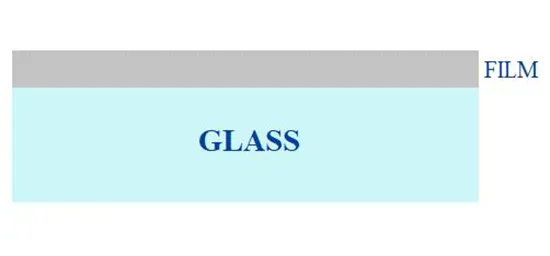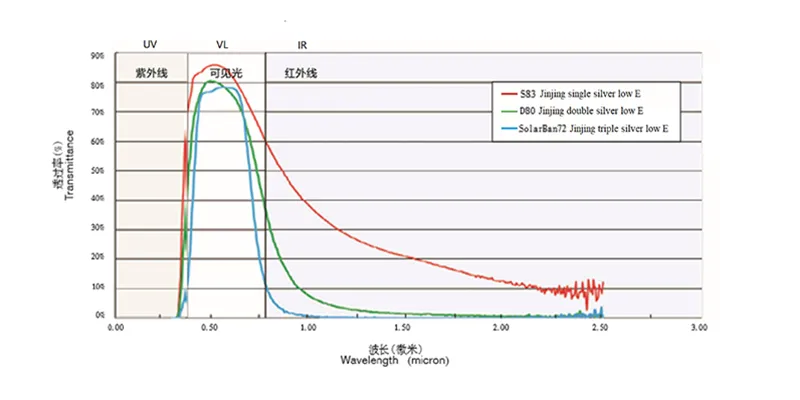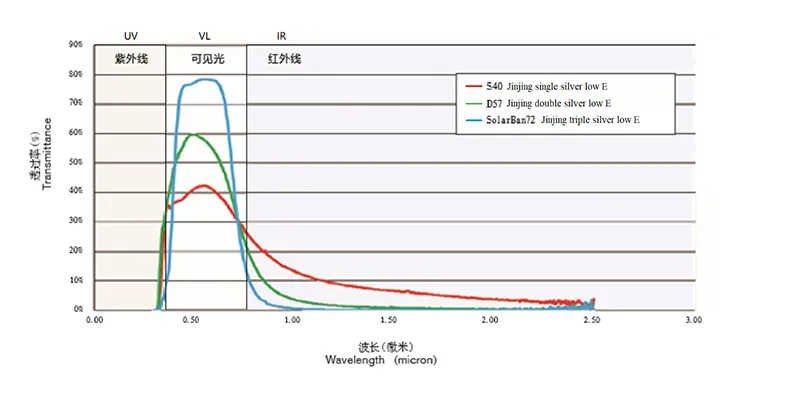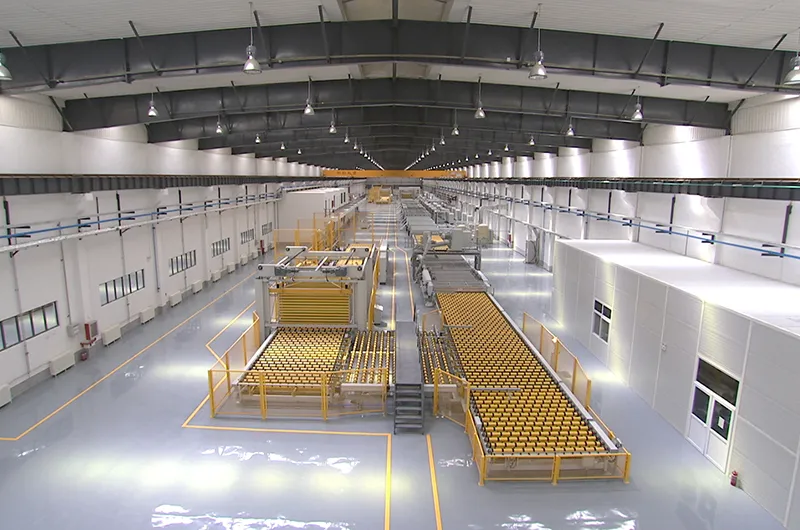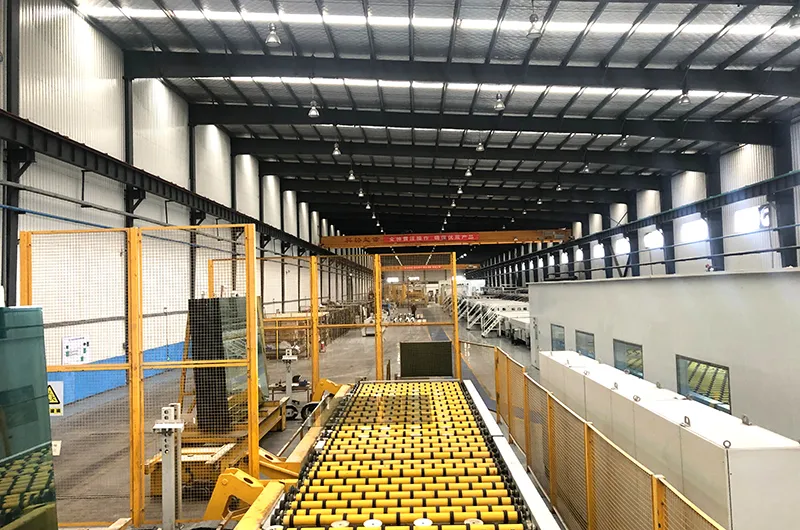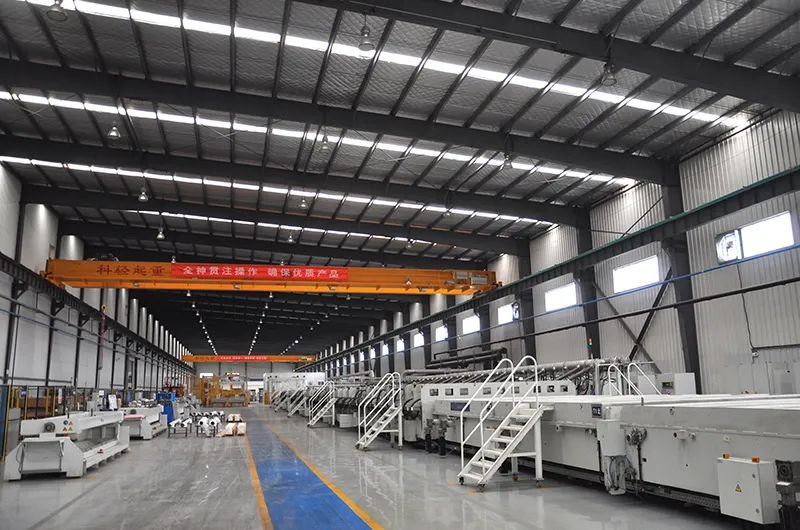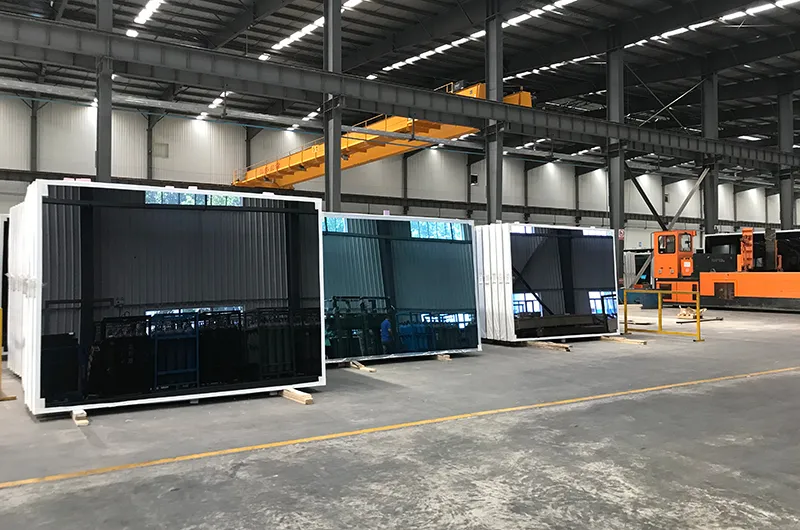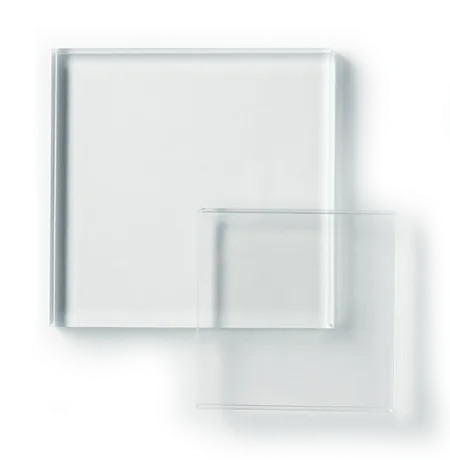Our Offline Low-E Coated Glass (Soft Coated) stands out by featuring multiple layers of metals or other compounds on the glass surface. This advanced coating allows for high visible light transmittance while reflecting far-infrared radiation, making our glass an exceptional choice for application in various climate and/or region conditions.
Find Out MoreOur online low-E coated glass utilizes state-of-the-art chemical vapor deposition (CVD) technology, where the coating is fused with the glass at high temperatures, resulting in exceptional chemical and mechanical stability. This innovative approach ensures an optimized balance of transmittance and conductivity, making our glass ideal for residential housing, commercial glass walls, electric appliance, and transportation applications.
Find Out MoreWe excel in producing low-E glass, which features a low-reflectivity coating applied through advanced physical or chemical methods to enhance its thermal performance. We utilize two processing technologies for manufacturing low-E glass: vacuum cathode magnetron sputtering (a physical method, also known as offline low-E or Soft low-E glass) and chemical vapor deposition (a chemical method, also known as online Low-E or Hard Low-E glass). Our expertise spans both techniques, offering a wide range of low-E glass solutions tailored to meet specific thermal and optical requirements.
The chart shows the solar spectrum transmittance curves of single-silver, double-silver, and triple-silver low-E glass, with similar visible light transmittance in the 380-780 nm range. The middle vertical line represents the visible light region, while the area to the right represents the infrared region (780-2500 nm). Since most heat is carried by infrared radiation, the area under the curve reflects the solar energy transmitted directly through the glass. The area is largest for single-silver low-E, followed by double-silver low-E, and smallest for triple-silver low-E, indicating that triple-silver low-E allows the least heat transfer, offering superior thermal insulation performance.
The curves in the chart represent the solar spectrum transmittance from 380-2500 nm where the SHGC values are similar for single-silver, double-silver, and triple-silver low-E glass. While SHGC values are comparable, indicating similar total solar heat gain, the distribution shapes of the curves differ significantly. Triple-silver low-E covers the smallest area under the curve, indicating the lowest heat transfer through the glass. This means that triple-silver low-E glass provides significantly better shielding against infrared heat radiation compared to double- and single-silver low-E glass, greatly improving indoor comfort during summer.



